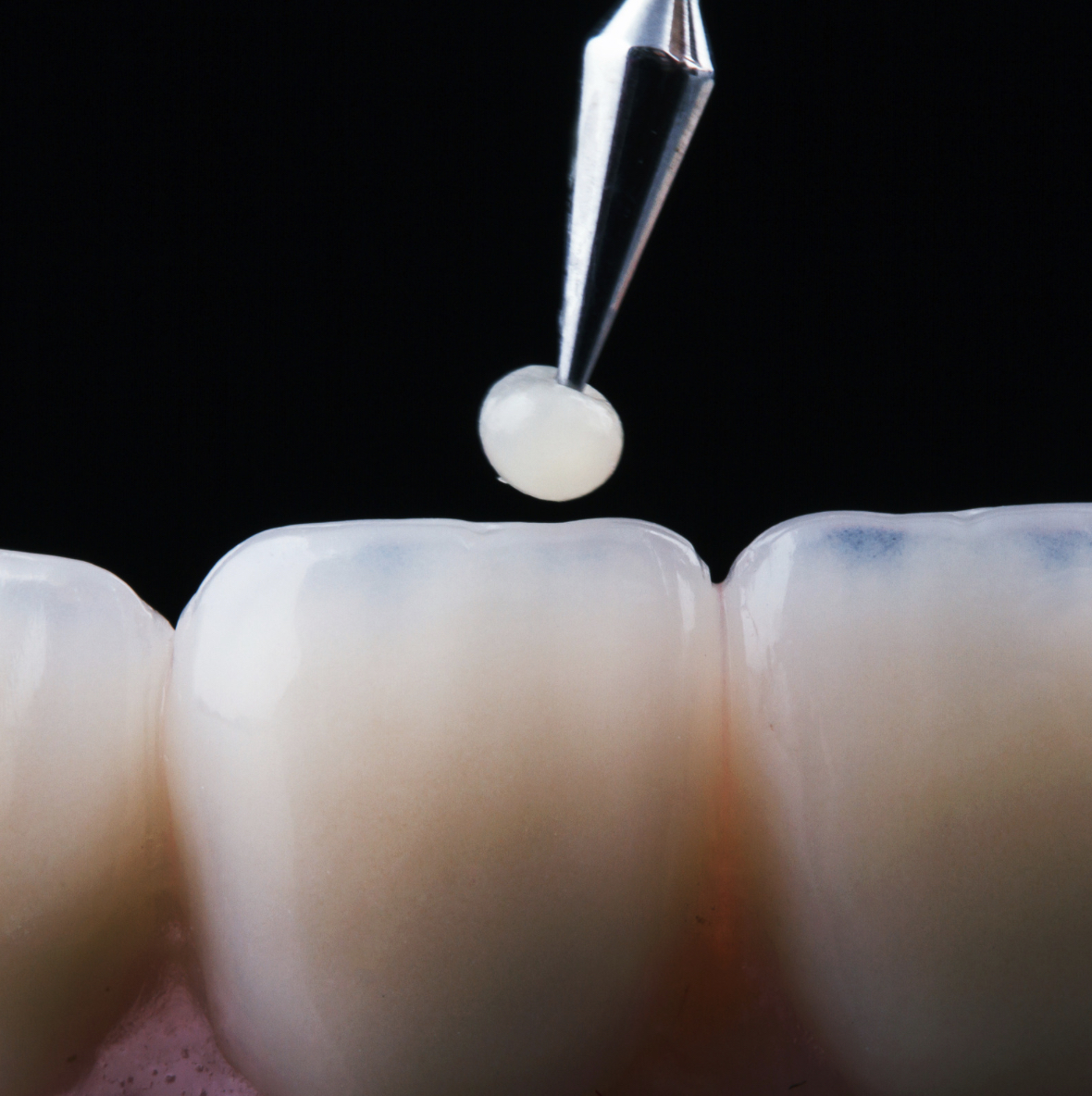
The global dental materials market is experiencing dynamic shifts, influenced by various factors that play a pivotal role in shaping its trajectory. Among these factors, demographic trends, technological advancements, and the rise of cosmetic dentistry stand out as primary drivers. In this blog post, we will explore how these three market drivers are shaping the landscape of the dental materials market globally.
Demographic Factors
One of the prominent drivers in the global dental materials market is the demographic shift, particularly the aging population. As societies across the world age, there is a substantial increase in the demand for dental treatments. The aging generation, although experiencing improved baseline health, presents a growing need for dental care as they face an increased risk of dental issues, including secondary coronal caries.
According to the United Nations’ Population Division, the percentage of the U.S. population over 65 years of age is expected to reach 17% in 2020. Similar trends are observed in European countries, with estimates indicating significant increases in the population aged 60 and older by 2050. China, Japan, Brazil, and Russia are also witnessing notable demographic shifts, with a considerable rise in the percentage of their populations aged 60 or older.
The World Health Organization predicts that by 2050, nearly 2.1 billion people, constituting 22% of the global population, will be aged 60 or over. This demographic shift emphasizes the sustained and growing demand for dental materials to cater to the oral health needs of the aging population.
Technological Development
Technological advancements play a crucial role in shaping the global dental materials market. Innovations within the industry are focused on enhancing characteristics such as self-adhesiveness, appropriate curing methods (especially dual-cure), and waste- and time-minimizing delivery types. These advancements not only improve the efficiency of dental procedures but also contribute to patient comfort and satisfaction.
For instance, the development of dual-cure materials with increased translucency allows for faster curing times, reducing patient chair time and improving overall treatment efficiency. Technological progress is also evident in local anesthetics, with the introduction of needle-free injectors and superior-performing drugs like articaine, addressing the important concern of patient discomfort and anxiety.
Newer developments such as self-adhesive, dual-cure, resin, and RMGI materials contribute to increased market value through higher unit sales and pricing. Waste- and time-minimizing application methods, coupled with dual-cure technology and bioactive characteristics, are areas of ongoing development that are positively impacting the average selling prices (ASPs) and unit sales in the global dental materials market.
Cosmetic Dentistry
The global population is undergoing a cosmetic transformation, with an increasing demand for tooth-colored restorations. This shift in preference has significantly influenced the dental materials market, as patients and dentists move away from metallic-colored amalgam direct restorative materials in favor of enamel-colored RMGI and composite resin restoratives.
The demand for aesthetic dental solutions has given rise to the need for bonding agents, essential components in resin-based aesthetic dentistry. Direct and indirect restorations both require bonding, and the surge in demand for bonded aesthetic restorations has accelerated the evolution of bonding agents. This trend, driven by a desire for higher quality and visually appealing dental solutions, contributes to the growth of the dental materials market.
Conclusion
In conclusion, the global dental materials market is driven by a combination of demographic factors, technological advancements, and the evolving landscape of cosmetic dentistry. The aging population’s increasing oral health needs, ongoing technological innovations, and the rising demand for aesthetic dental solutions collectively shape the dynamics of the dental materials market. As the industry continues to evolve, manufacturers and dental professionals must stay attuned to these driving forces to meet the growing demands and expectations of a diverse and dynamic global market.